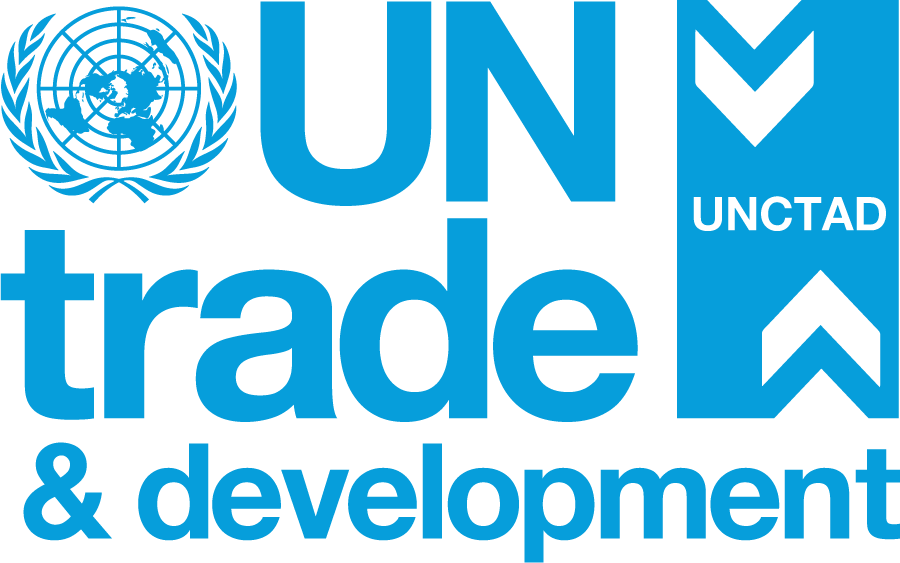
This report draws attention to the profound cost and impact of the occupation on the West Bank – where lives, homes, infrastructure and futures face growing risks.
Since the escalation of hostilities that followed the attacks by Hamas and other Palestinian armed groups on 7 October 2023, violence throughout the Occupied Palestinian Territory has surged to levels of intensity and impact exceeding all previous violence.
The use of military methods and heavy weaponry in the West Bank by Israel has led to further restrictions on access to work, and combined with unilateral deductions from Palestinian tax revenues, has led to the worst economic contraction of the Palestinian economy in its history.
In the West Bank, Israel enforces administrative and physical barriers that severely limit Palestinians’ movement, access to markets and economic resources. Area C (over 60 per cent of the West Bank) is fully controlled by Israel, where Palestinian economic activities face harsher restrictions than in Areas A and B, stifling growth and development.
In 2024, the West Bank’s gross domestic product (GDP) contracted by 17 per cent, while per capita GDP plummeted 18.8 per cent, erasing 17 years of progress in just 15 months. By the end of 2024, GDP regressed to 2014 levels, with per capita GDP falling to 2008 figures. Meanwhile, Gaza’s economy has collapsed, with GDP in 2024 equivalent to only 13 per cent of its 2022 level.
The present report assesses a portion of the economic costs incurred by the West Bank due to tightened restrictions imposed by Israel in the aftermath of the 2000 confrontations (Second Intifada) and post-October 2023, combined with the additional constraints in Area C.
The analysis estimates that, in the absence of these three constraints, the economy could have generated an additional $170.8 billion (constant dollars) in cumulative GDP between 2000 and 2024 – equivalent to 17 times the West Bank’s 2024 GDP. In addition, real GDP per capita in the West Bank would have been 241 per cent higher. This unrealized income accounts for a limited portion of the West Bank’s occupation-related economic costs, excluding the costs in Gaza and East Jerusalem.
The report concludes that the cessation of all Israeli settlement activities – in compliance with international law and relevant Security Council resolutions – and the removal of all restrictions on Palestinians’ access to economic resources are critical prerequisites for achieving the Sustainable Development Goals in the Occupied Palestinian Territory.


